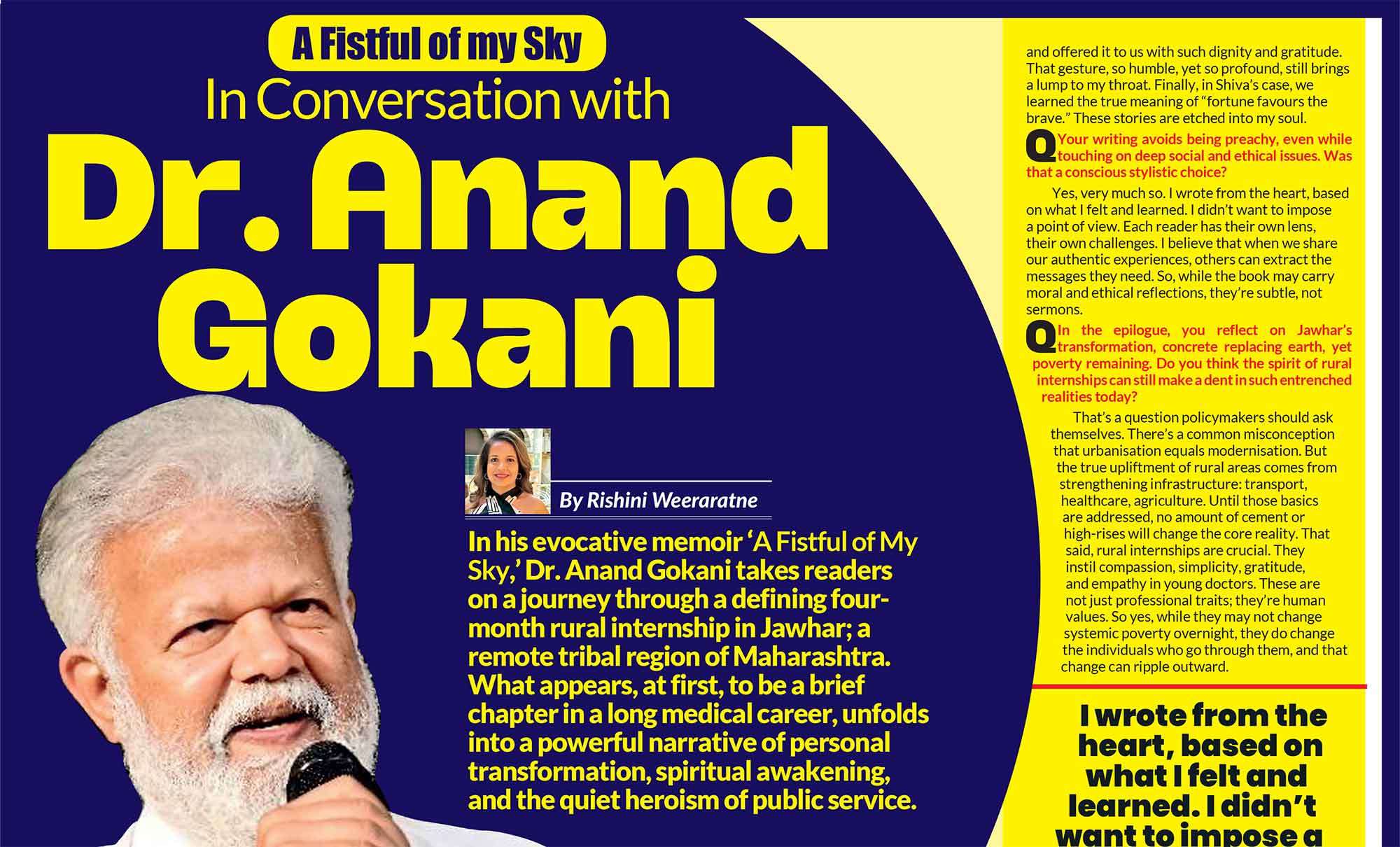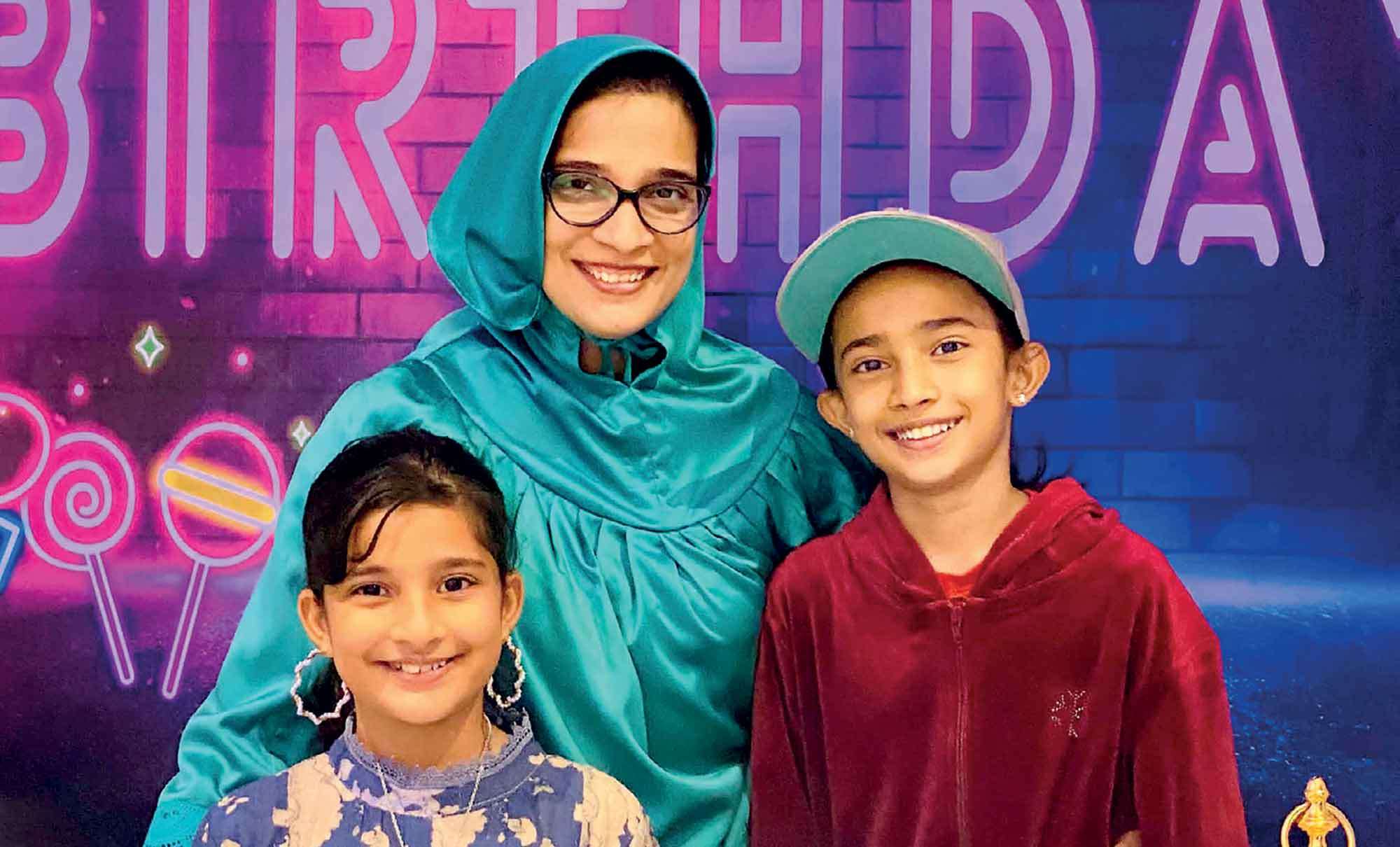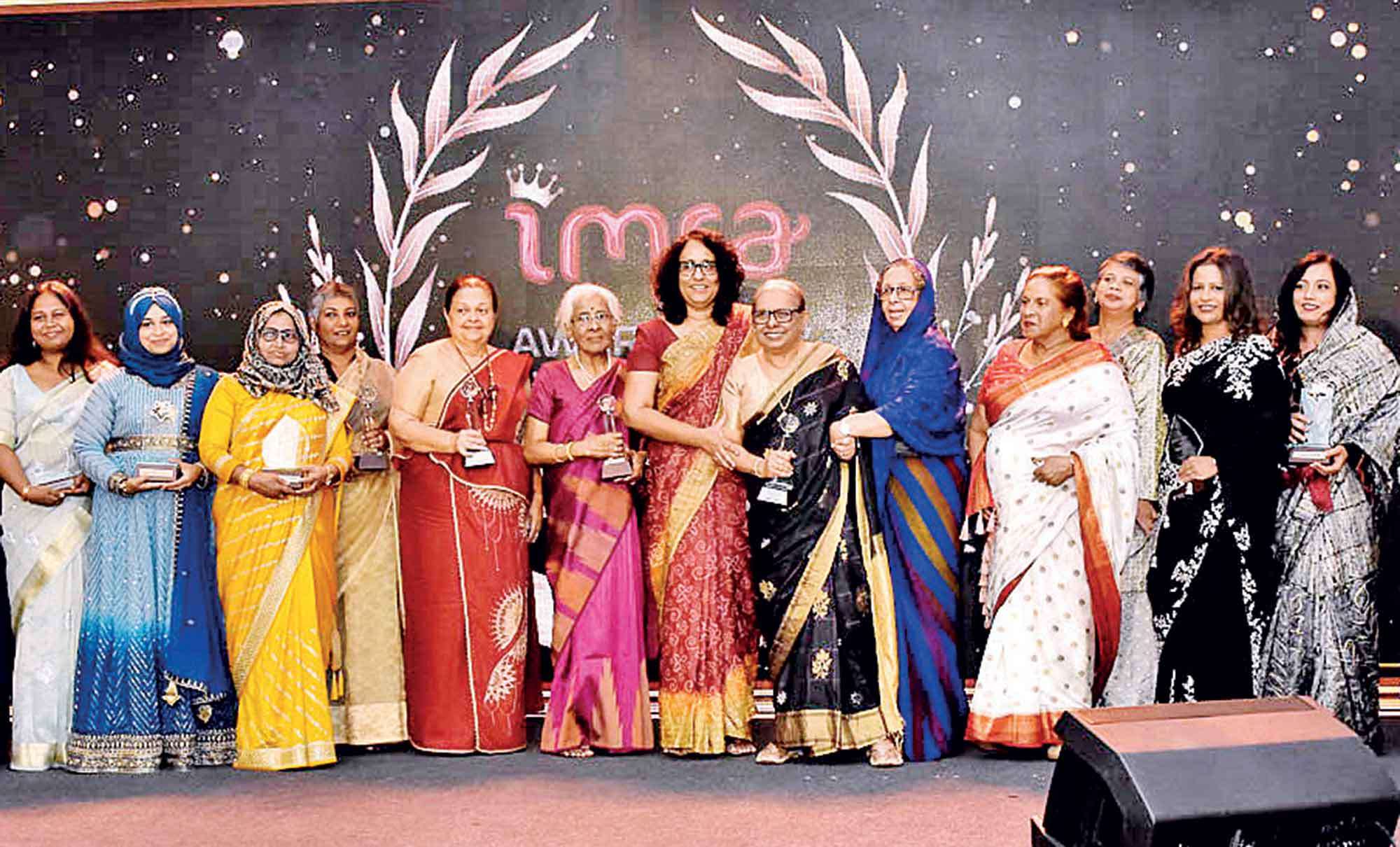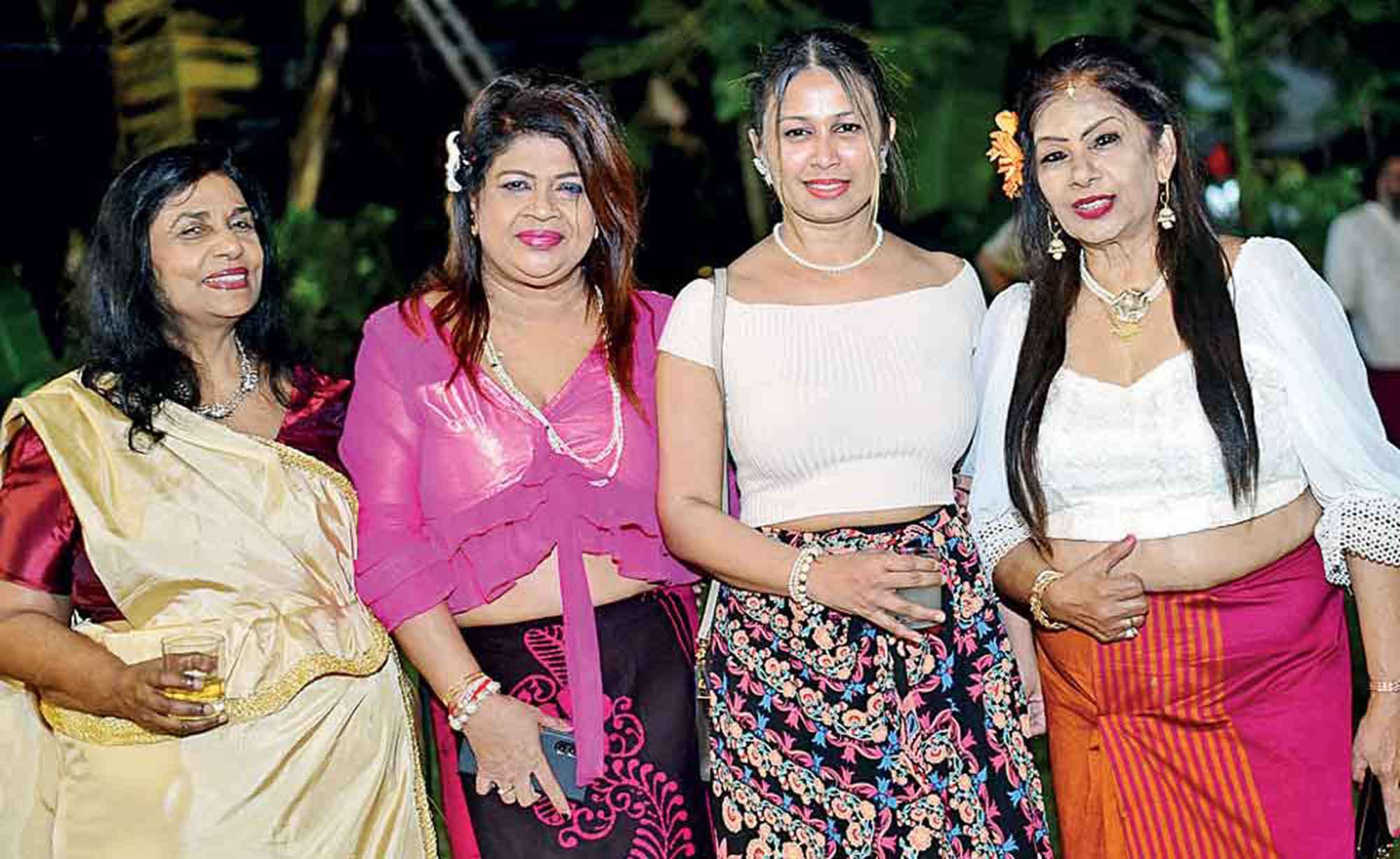By Sonia Hirdaramani
- The Jaya Sri Maha Bodhi Tree still stands in Anuradhapura today where millions of devotees pay homage each year.
- These multiple monasteries were financed by visitors who benefited from the surge in Indo-Mediterranean trade, which also explains the collection of Roman coins in Sri Lankan museums

William Dalrymple, the renowned historian, recently visited Colombo as a part of the HSBC Ceylon Literary Festival. A true Renaissance man, Dalrymple excels not only as a historian but also an art historian, journalist, broadcaster, and critic. His acclaimed podcast with Anita Anand, Empire, topped the UK Apple Podcast charts upon release and his role as co-founder of the esteemed Jaipur Literary Festival has further cemented his influence in the literary and historical spheres.
His most recent contribution to the pantheon of South Asian history, The Golden Road, became an instant Sunday Times bestseller. In the groundbreaking work, Dalrymple argues that India’s role as a cradle of civilization, for over a millennium, has been overlooked. He provides compelling evidence India’s far-reaching ideas - ranging from the mathematical concept of zero to the spread of Buddhism.
Buddhism is often the point at which Sri Lanka figures in the narrative of The Golden Road: “This entire spectrum of early Indian influence has always been there, hiding in plain sight: the Buddhism of Sri Lanka...” In fact, the Buddha’s teachings were first recorded on palm leaves approximately in 50 BCE, after being transmitted orally for centuries. Additionally, it is a Sri Lankan manuscript, the Dipavamsa, that Dalrymple uses to attribute India’s King Ashoka’s conversion to Buddhism to a conversation with a young monk in Pataliputra.
As Ashoka’s staunch faith deepened, the impassioned king sent envoys, ‘dharma ministers,’ around the region to promote and extend Buddhism’s reach. However, to Sri Lanka, Ashoka sent his own son and daughter to meet his dear friend and ally, King Devanampiyatissa.
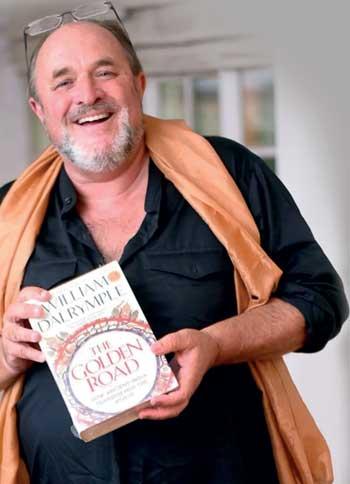 Mahinda and Sanghamitta, Ashoka’s children, brought the Buddha’s collarbone and rice bowl, along with a twig from the revered Bodhi tree (under which the Buddha is said to have undergone his spiritual awakening). The Jaya Sri Maha Bodhi Tree still stands in Anuradhapura today where millions of devotees pay homage each year.
Mahinda and Sanghamitta, Ashoka’s children, brought the Buddha’s collarbone and rice bowl, along with a twig from the revered Bodhi tree (under which the Buddha is said to have undergone his spiritual awakening). The Jaya Sri Maha Bodhi Tree still stands in Anuradhapura today where millions of devotees pay homage each year.
By 250 BC, both Tissa and a large number of people in Sri Lanka had officially adopted Buddhism. The Royal Park, where large crowds had gone to hear Mahinda preach, was subsequently donated to the Sangha by Tissa with the clear mandate of building a monastery and a stupa.
Subsequently, monasteries emerged all across the island - in Anuradhapura, Tissamaharama and Rajagala. Recent excavations in Rajagala have provided evidence that Mahinda’s relics were enshrined in a stupa in the area; he had resided in Sri Lanka until his death. These multiple monasteries were financed by visitors who benefited from the surge in Indo-Mediterranean trade, which also explains the collection of Roman coins in Sri Lankan museums. Sri Lanka’s diverse trade offerings included spices, gems, pearls and even elephants.
In addition to trade, there was a robust exchange of knowledge. Sri Lankan monks went to study in Nalanda in modern-day Bihar, India, a Buddhist monastery considered the premier center of learning of its time. In addition to the study of religion, there was advanced study of mathematics, astronomy, logic, metaphysics, etc. Interestingly, Colombo’s Nalanda College is named after its ancient counterpart in India.
This information exchange, and more specifically, of Buddhism continued into the 5th century. There was a great deal of travel between India and China and during these journeys, missionary monks would spread Buddhist ideology along the way. In 422 AE, on one such journey, a former Kashmiri Prince, Gunavarman, arrived in Sri Lanka via Java and departed with two ships of nuns to China’s Imperial Court.
Not only were Sri Lankan nuns being dispatched abroad, Dalrymple asserts that legendary Sri Lankan monastery of Abhayagiri “founded a branch in Java, rather as a powerful modern corporate might open a franchise in a new capital city.”
 |
| William and Sonia |
Not only were Sri Lankan nuns being dispatched abroad, Dalrymple asserts that legendary Sri Lankan monastery of Abhayagiri “founded a branch in Java, rather as a powerful modern corporate might open a franchise in a new capital city.” There are, however, religious sites which cannot be recreated, for which followers must visit the island, amongst them being Lord Buddha’s footprints. In the 8th century, a Pallava Dynasty Prince named Vajrabodhi made a pilgrimage to Adam’s Peak for this very purpose.
In Sri Lankan accounts of the early 11th century, another king from India arrived - but with far less peaceful intentions. From this perspective, Rajendra Chola and his troops are depicted as a ruthless; they “captured and abducted women of royal blood, looted the crown jewels of Anuradhapura, burned down Buddhist monasteries and appropriated their golden images and monastic treasuries by breaking open stupas and seizing the jeweled reliquaries within” and, continued to plunder Sri Lanka through a series of raids.
As Sri Lanka continues to protect its sovereignty and balances foreign superpowers vying for influence, history offers valuable insight into what the island nation can contribute to the world, and what it must inevitably take in. The country’s strategic location in the Indian Ocean is still a boon - making it a vital hub for trade, but also geopolitics. Those of us who reside in Colombo can see the cultural and religious influences that are making the new Sri Lanka. For those who are a part of the new government, studying history, such as the activity on The Golden Road, can serve as a guide and a warning for the country’s future.
Sonia Hirdaramani is a graduate of Columbia University, where her deep curiosity about and fascination with South Asia led to an unintentional second major in Middle Eastern and Asian Languages and Cultures.

